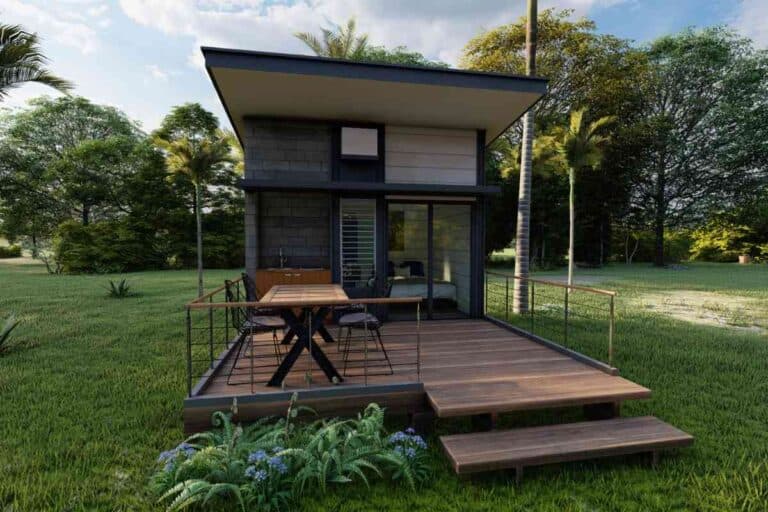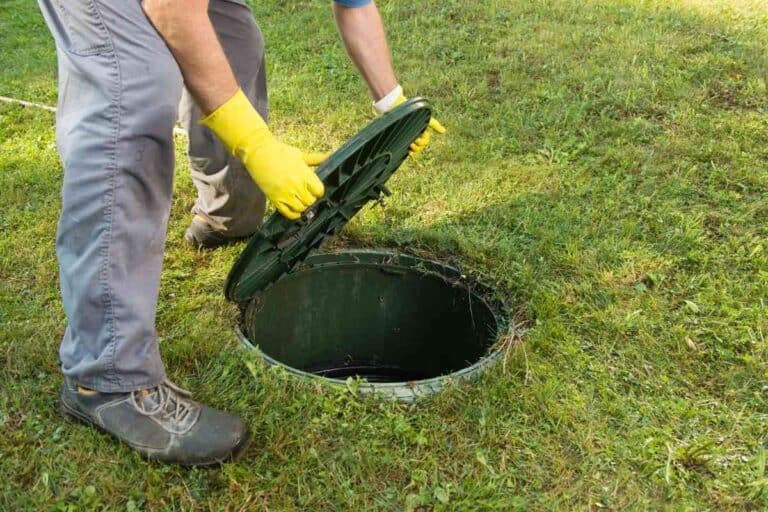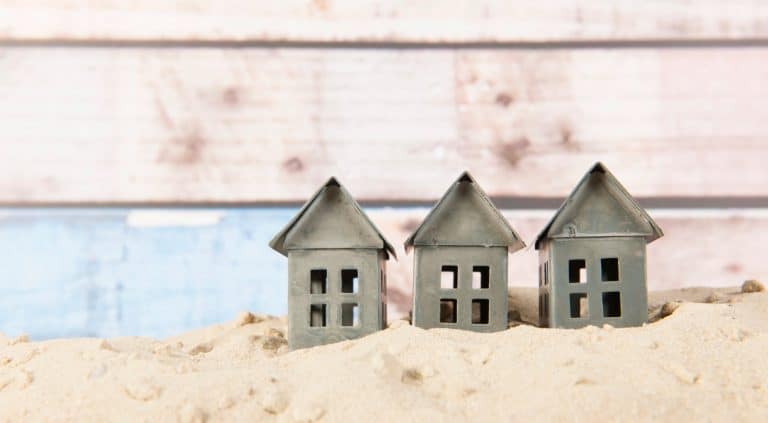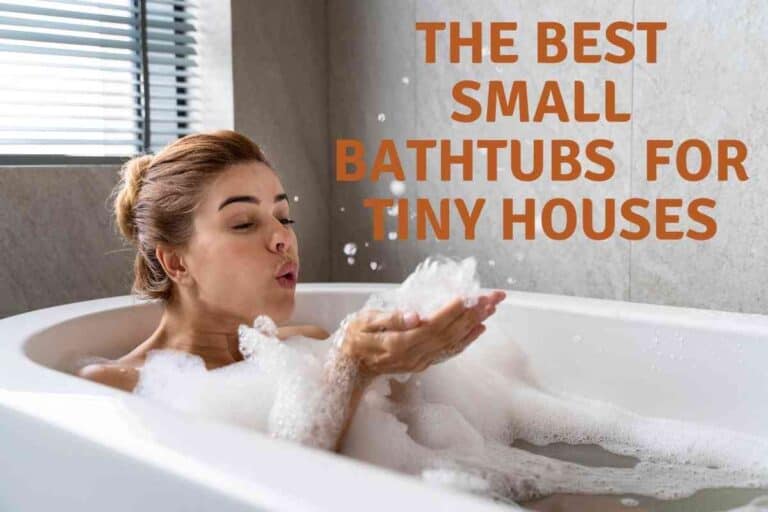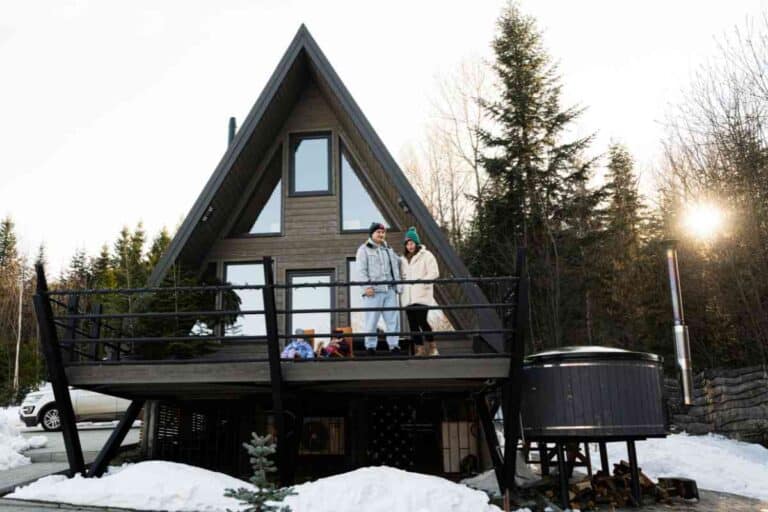How Much is a Tiny House?
Tiny homes have always existed. In fact, back in the 19th century, average townhouses were just 450 to 800 square feet, but this changed in the following century as the economy grew and people got used to living much larger.
However, in 2008 – after the housing market crashed – tiny houses started gaining traction and popularity again. Today tiny homes are an entire movement based around minimalism and ecologically and financially sustainable living. The tiny home movement is more popular than ever before, and there is an entire market for tiny homes.
But how much do tiny homes cost?
The cost to build a tiny home typically ranges from $12,000 to $35,000 if you build it yourself. If you hire a builder, that price will likely double, but even luxurious tiny houses are much cheaper than standard houses.
However, the construction price is only a piece of the picture. There are several other factors to consider when building or buying a tiny home, including land purchase and long-term financial considerations.
DIY vs. Hiring Professionals
When you build a tiny home by yourself, you wonøt be paying for the labor. You’re only paying for the parts and of course your own time. That means you can easily complete a tiny house construction having only spent $12,000 to $35,000. Even less, if you are creative in sourcing free and cheap building materials.
If you choose to buy a tiny home instead of building one yourself, be prepared to pay more money. The upside is that unless you are already an experienced builder, hiring professional builders will save you a lot of time and potential frustrations. What you’re not paying in terms of your own time, you’re paying in dollars.
For example, a tiny home that cost $35,000 to build yourself will likely cost you $70,000 to buy. And if you choose a luxurious tiny home, you may spend up to $150,000.
So an important question to ask yourself first is: ‘do I want to build or do I want to buy?’. The answer to that question will likely come down to your skills with a drill and whether you have more time or money.
Additional Costs
Just like any home, there are important areas any buyer should not skimp on when building. Some of which include:
- Insolation
- Electricity
- Plumbing
- Tiny home insurance
These costs aren’t astronomical, but they are important. “Plumbing can cost about $1,000 and solar panels about $3,500,” according to Business Insider. In the grand scheme of things, that’s not a lot, but if you have small a budget, that can throw it off.
Tiny house insurance is essential, too, especially for a tiny home. If you get a mortgage through the bank, they will likely require you to buy insurance. If you don’t go through the bank, know that various factors play into the cost of tiny home insurance (i.e., construction, value, size, belongings, etc.), so it’s impossible to get an accurate estimate.
Since tiny homes are only a few hundred square feet, consider installing several windows and a skyline. It adds brightness and makes space feel larger. Stock windows typically run around $120 per window and custom windows run for $250. An expense that you will not regret.
Don’t Forget the Land
Tony houses need a place to stay, too. There are generally two options here, both of which come with their pros and cons.
Option 1 – Purchasing Land
The benefit of purchasing land is that you get to decide what you want your environment to look like. If you don’t want neighbors, you can look for a secluded area, which is often cheaper, too. If you prefer a more popular area, you may well end up paying more for the land than the tiny house itself.
One thing to keep in mind when looking for land is plumbing. There are a variety of options, from composting toilets to regular toilets. A significant part of your research should be devoted to this subject as it can affect your home’s total price and, by extension, your decisions on where to buy land.
One thing to consider is whether you plan to place your home on a trailer or a fixed foundation. If you intend to settle down for the foreseeable future, buying the land may provide some security in the sense that you won’t have a landlord who may decide to sell the land or terminate your rental contract. In addition, your land may increase in value over time.
Option 2 – Leasing a Lot
The benefit of this option is most definitely the short-term cost. While you will be paying money to a landlord, you don’t have to apply for loans, come up with a significant downpayment, or use your savings on paying in cash.
Leasing land comes in two forms: living in a tiny home community or leasing any other plot of land that will allow you to place your tiny home there.
You should ask yourself which you prefer because it’s a matter of preference at the end of the day. Many people love the tiny home communities of like-minded people. However, others are more individualistic-minded and enjoy the freedom to do whatever they please on their own land.
Keep in mind: Even if you plan to lease your lot, in some jurisdictions, zoning requires you to own the land. You should do extensive research into the rules and regulations in your area beforehand.
Is a Tiny Home Always Cheaper? Yes and No
Any traditional house will cost you much more than a tiny home to build and own. There’s no disputing that. Traditional homes are more expensive than tiny homes as they take much longer to construct and require more building materials. From a financial perspective, that leads to larger down payments, lengthier payoff periods, and higher maintenance costs.
Often you could pay cash for a tiny home with the money you would need for just the downpayment of a traditional house. In addition, you can build it to your liking. You can pack it up and take it with you on a trip. And, the best part is, you won’t have a mortgage payment.
However, if you’re the type of person who appreciates numbers, it should be noted the cost per square footage for a tiny home is usually more than the cost per square footage for a traditional home. A tiny home will typically range from 150 square feet to 475 square feet. When you crunch the numbers, a traditional home with a thousand more square footage will usually cost you less per square foot.
To some, that matters. If it does to you, it should be noted.
An Argument For a Traditional House
Buying a traditional home, and letting it appreciate, is often an effective way to build wealth. After twenty or thirty years (or less, depending on your location) you may have gained a significant (often tax-free) asset to your name. That’s an important long-term consideration.
A tiny home, on the other hand, usually depreciates in value and often quite fast. If you decide to sell the tiny home, you will be lucky to get back the same amount that you put in it. To some, that’s perfectly fine as the much lower cost of living could be worth it. Some also choose to lease out their tiny house and make additional income from rental income.
You can potentially make money from your tiny home; it may just look different from how most people (house owners) do it. And you are almost certain to have a much lower cost of living.
At the End of the Day…
Since 2008, tiny homes have become more and more popular. Singles, couples, and even families are downsizing their homes for financial reasons, affordability, convenience, and freedom. Still, the large majority of homeowners prefer a more traditional 2,500 square feet-lifestyle with a mortgage and high property taxes.
In the end, only you know what’s best for you and your wallet.

